Christmas Iguana: A Festive Pleasure

Some of the rarest and most unusual species on the planet may be found on the Galapagos Islands. Since they are native to the archipelago, seeing them enhances the already enchanted atmosphere of an already wonderful location. Children and adults alike are awestruck by the creatures of the Galapagos, which include the largest tortoise on the planet and the lone penguin living north of the Equator, making it the only animal that lives in the tropics. My all-time favorite is the one and only Christmas iguana, especially this time of year! The Christmas iguana, a subspecies of the marine iguana and a member of the Galapagos BIG15, is a pleasure to behold not only because of its amazing adaptability but also because of its stunning hues! Their bodies’ striking crimson and green tones serve as a reminder of the season in which we rejoice and celebrate peace. A trip on a magnificent Galapagos expedition ship, where you may marvel at the incredible and rare Christmas iguana, is the ideal way to round off the celebrations. Continue reading to find out more about this unique species, which is guaranteed to make you feel quite merry!

A member of the BIG15 iconic species, the Christmas iguana is a type of marine iguana
What Was the Origin of the Marine Iguana?
Millions of years ago, when marine iguanas first arrived in the archipelago, they were truly terrestrial animals. But gradually, they had to adjust to the hostile environment of the islands in order to live. They became widespread throughout the Galapagos after acquiring their marine adaptations, which include a shortened heartbeat, constriction of blood vessels to prevent temperature loss, tricuspid teeth to aid in foraging algae, and a larger supra-orbital gland (similar to that of marine birds) that allowed them to expel extra salt from their bodies. As a result, they can now be found on almost every island.
Join Santa Cruz II Cruise trips to get a close-up glimpse at the amazing Christmas Iguana!
Begin your trip to the Galapagos now!
Six Variations of Marine Iguana
The Galapagos is home to six subspecies of marine iguana, each of which is located on a separate island. Some of the biggest ones are found on the islands of Isabela and Fernandina. In actuality, only males—and only during mating season—change the color of their skin, despite the fact that they are predominantly black. Every subspecies has a different coloring variation: Santa Cruz marine iguanas are red and black, Fernandina marine iguanas are dark green and terracotta red, and Española marine iguanas are brilliant red and green, giving them the moniker “Christmas” iguanas. It just so happens that these hues are exclusive to Christmas iguanas during this beautiful season.
Wear your most vibrant colors this Christmas
Similar to other animal species, the color of one’s feet, skin, or feathers are physical characteristics that provide a sexual advantage. Generally speaking, women choose the ones with the most vibrant hues. To put it another way, it’s as though marine iguanas dress up in their cutest “ugly Christmas sweater” in order to attract women. The striking hues of these marine iguanas are a delightful surprise for both females and any tourists who may manage to spot them while on a trip in the Galapagos.
The Iguana Dressed in an “Ugly Christmas Sweater”
Christmas iguanas are aware that ugly Christmas sweaters exist, even if it may only be a millennial phenomenon. It’s not like they were unattractive to begin with! Though it is conceivable that Mr. Charles Darwin did not see one of the most colorful examples, he did “lovingly” refer to sea iguanas as “imps of darkness.” Like their reptilian relatives, the Galapagos giant tortoises, marine iguanas have undergone diverse evolutionary processes from island to island. Notably, the size and color of their scales serve as distinguishing characteristics across different species.
RELATED STORIES
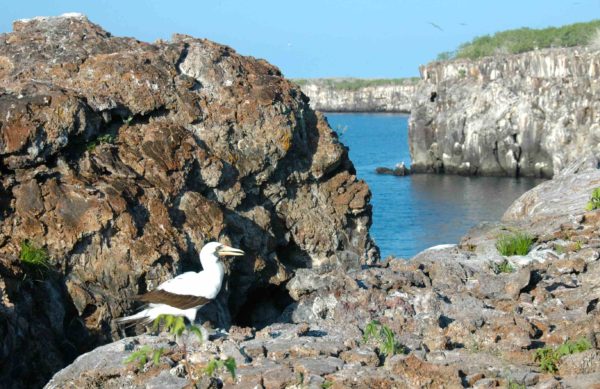
Interesting facts about the three types of boobies in the Galapagos

Food on a Galapagos Cruise: We’ve Got You Covered
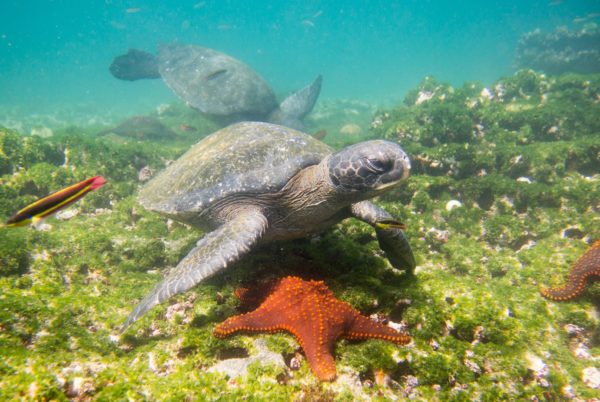
My Favourite Sea Turtle Experience Aboard the Santa Cruz II

First Day Aboard the Santa Cruz II
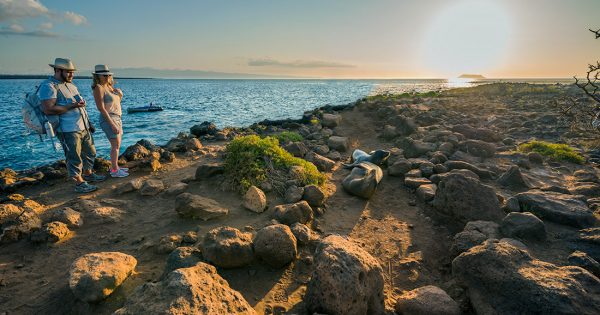
North Seymour Frigates and Boobies
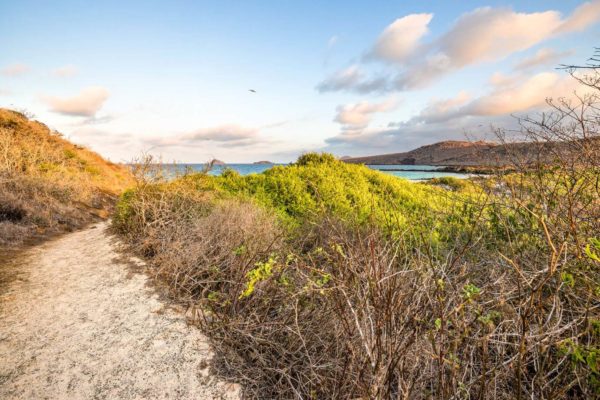
Ecuador Facts (Vol. I): An Interesting Collection of Natural Wonders and Achievements
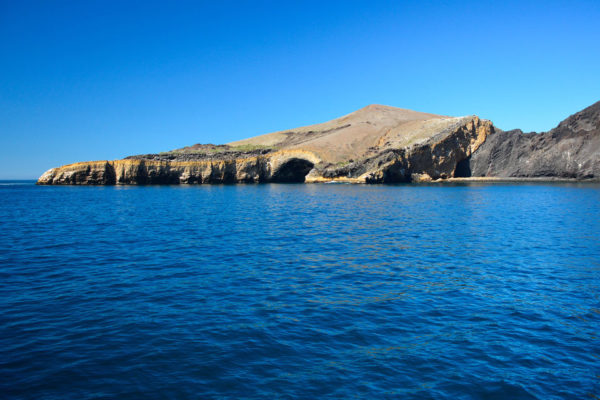
Galapagos Experience Testimonial
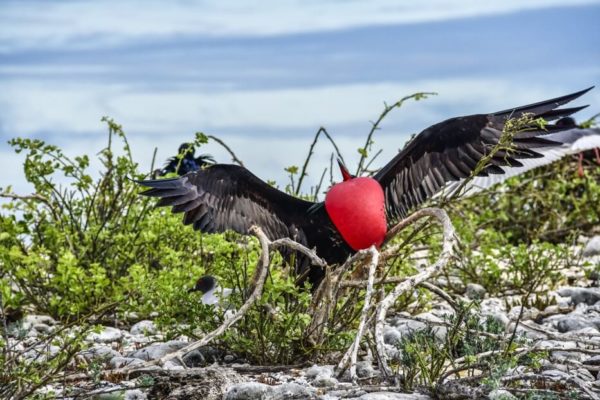
Galapagos Frigatebirds: A Colorful Medley of Courting & Nesting
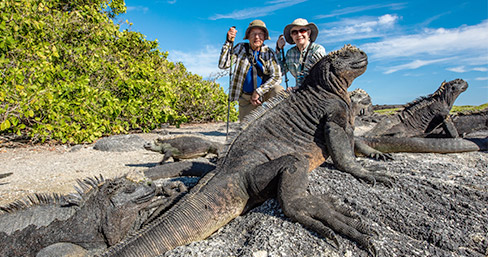
The Beauty of an Intimate Galapagos Vacation
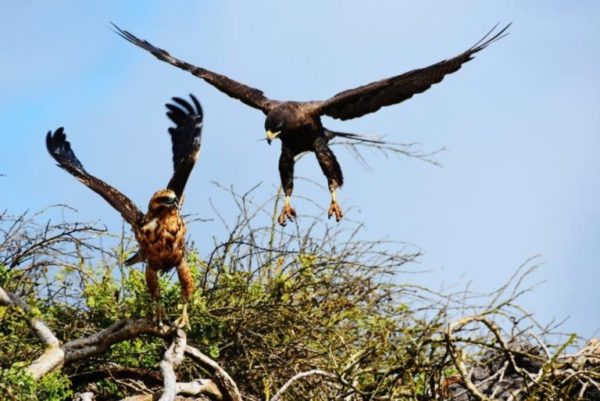
A Synopsis of Galapagos Plant Life’s History
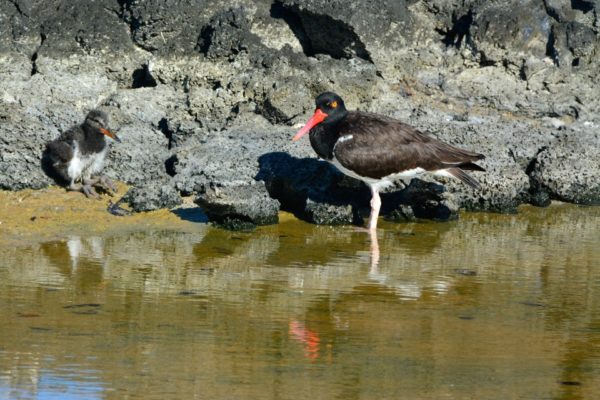
Hidden in Plain Sight: The Galapagos Baby Oystercatcher
